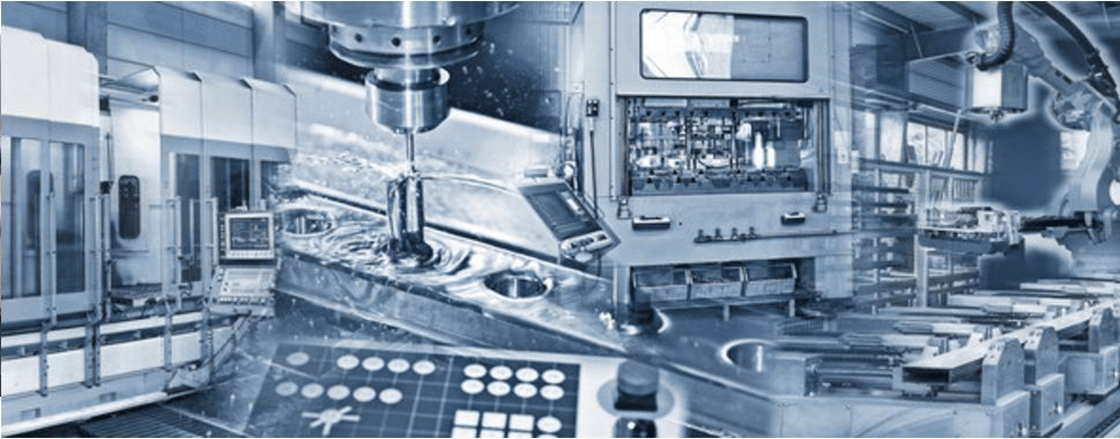
Automatic control in the technology and industry is combination of operations the purpose of which is to sustain or improve the functioning of controlled object without or with minimal human intervention.
Automatic control in the technology and industry is combination of operations the purpose of which is to sustain or improve the functioning of controlled object without or with minimal human intervention.
The biggest benefit of the automation is saving labor, saving energy and improving the quality. In order to produce a product with consistently high quality, tight process control is necessary. Process control is the automatic control of an output variable by measuring the amplitude of the output parameter from the process and comparing it to the desired or set level and feeding an error signal back to control an input variable.
To be automated one object, various systems like mechanical, hydraulic, pneumatic, electrical, electronic, computer or combinations of these are used.
One automation control system can regulate machine, industrial process or whole plant.
The main components of an automation control system are:
Sensor(s) for measuring of physical states such as temperature, pressure, flow or liquid level.
Controller(s) which may be formed from simple physical components up to complex special purpose digital controllers or embedded computers.
Actuator(s) such as valves, positioners, heaters.
The two main branches of control systems are: Open-loop systems and Closed-loop systems.
The open-loop system is a system without feedback, this is the simpler of the two systems.
Figure 1. Open loop control system
The Open-loop system, also referred to as non-feedback system, is a type of continuous control system in which the output has no influence or effect on the control action of the input signal.
In an open-loop system, there is no way to ensure the actual Process Variable (PV) is close to the desired variable or set point (SP).
They are not compared, so it cannot self-correct any errors. Therefore, an open-loop system is expected to faithfully follow its input command or set point regardless of the final result.
An open-loop controller is often used in simple processes because of its simplicity and low cost, especially in systems where feedback is not critical. A typical example would be a washing machine or an irrigation sprinkler system, programmed to turn on at set times without measuring the soils moisture as a form of feedback. Even if rain is pouring down on the lawn, the sprinkler system would activate on schedule, wasting water.
Open-loop control is useful for well-defined systems where the relationship between input and the resultant state can be modeled by a mathematical formula.
For example take a crossroads traffic light control system which doesn’t take into account the traffic flow - fixed time traffic light control system. In this case the traffic lights are going to switch green, yellow and red on strict time intervals by repeating one predefined cycle over and over.
Advantages and disadvantages of open loop control system
Advantages:
- Simple in construction and design.
- Economical
- Easy to maintain.
- Generally stable.
Disadvantages:
- They are inaccurate.
- They are unreliable.
- Any change in output cannot be corrected automatically.
- Changes or disturbances in external conditions does not result in a direct output change.
Generally, to obtain a more accurate or more adaptive control, it is necessary to feed the output of the system back to the input of the controller. This type of system is called a closed-loop system.
The closed-loop system is system with feedback. The quantity of the output being measured is called the “feedback signal”. This systems have sensor(s) to ensure that the actual value is close to the desired.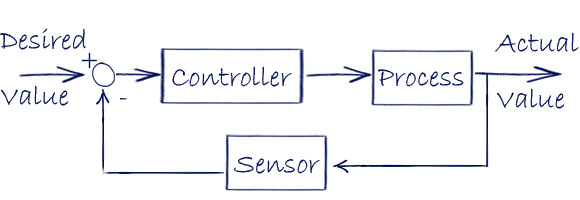
Figure 2. Closed loop control system
Closed-loop systems are designed to automatically reach and maintain the desired output condition by comparing it with the actual condition. It does this by generating an error signal which is the difference between the output and the reference input. In other words, a “closed-loop system” is a fully automatic control system in which its control action being dependent on the output in some way.
For a closed-loop feedback system to regulate any control signal, it must first determine the error between the actual output and the desired output. This is achieved using a summing point, also referred to as a comparison element, between the feedback loop and the systems input. These summing points compare a systems set point to the actual value and produce a positive or negative error signal which the controller responds too. where: Error = Set point – Actual
Advantages and disadvantages of the closed loop control system
Advantages
- Accurate and reliable
- Reduced effect of parameter variation
- External disturbances can be taken into account
Disadvantages
- Complicated to design
- More expensive
- May became unstable under certain conditions
Basic Elements of the closed loop control system
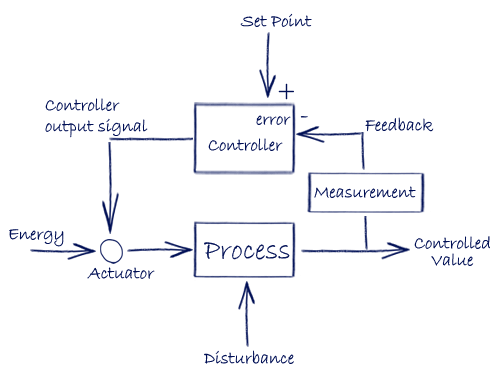
Figure 3. Closed loop control system - Basic elements
The process can be any industrial process such as: level control, temperature control, pressure control speed control etc.
The automatic controller. The last element of the loop is the automatic controller. Its job is to control the measurement. To "control" means to keep the measurement within acceptable limits.The controller receives the error signal/the measured signal as input and develops an output signal that causes the controlled variable to become the value specified by the set point.
The set point is the prescribed value that indicates the desired condition of the controlled variable.
The controlled variable is the actual variable being monitored and maintained at desired value.
The measurement must be made to indicate the current value of the variable controlled by the loop. Common measurements used in industry include flow rate, pressure, level, temperature, analytical. Sensors are used for the measurements in the control system, they are devices that can detect physical variables give a measurable output that varies in relation to the amplitude of the physical variable.
The Feedback loop is the signal path from the output back to the input to correct for any variation between the actual process value and the desired (setpoint) value. The output of a process is being continually monitored, the error between the set point and the output parameter is determined, and a corrective action is generated.
The error is the difference between the set point and the amplitude of the measured variable. If the set point and the feedback signal are equal the error is zero.
The disturbances are upset signals that causing a change it the controlled variable
Actuator. For every process there must be some final actuator, which regulates the supply of energy or material to the process and changes the measurement signal. Actuators are devices that are used to control an input variable in response to a signal from a controller. The actuator can be valve, motor, positioner, etc.
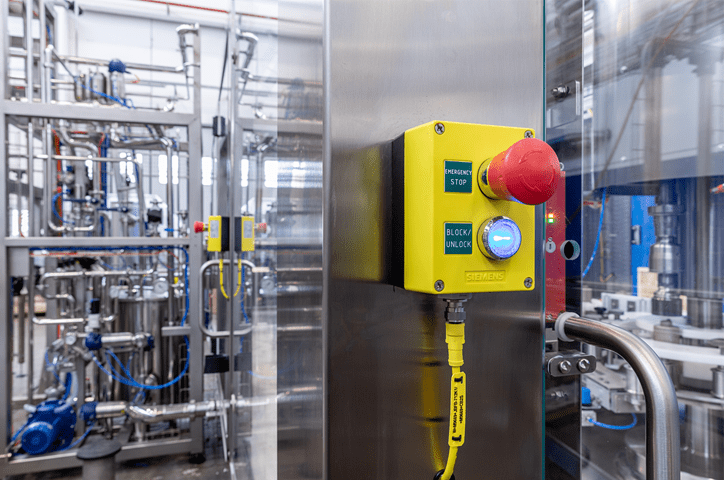
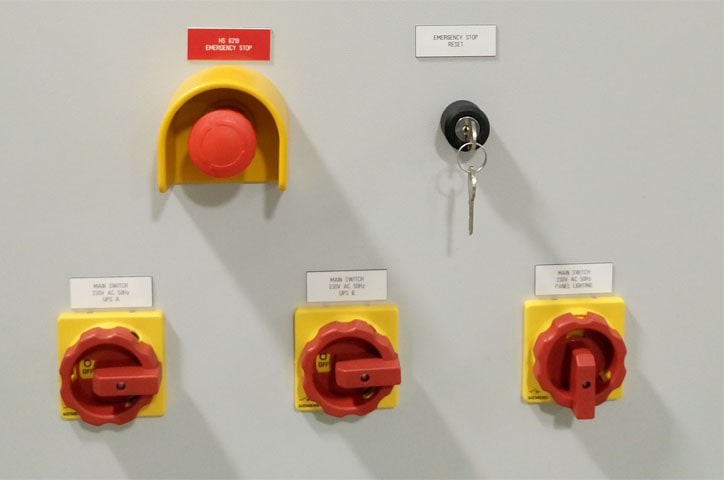
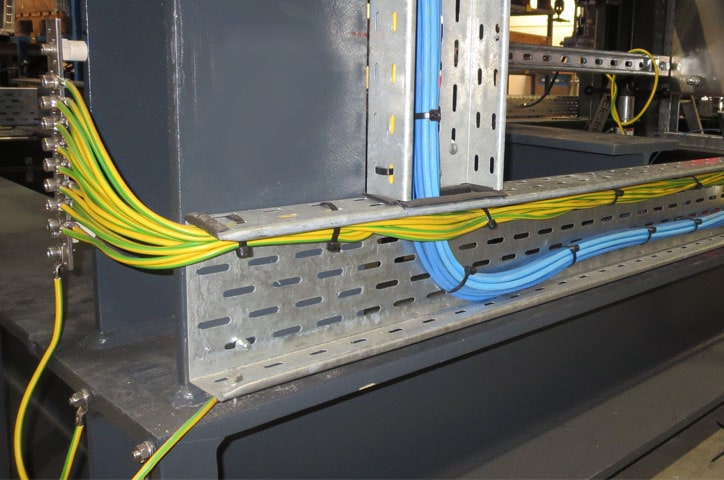
0 COMMENTS //
Join the discussion